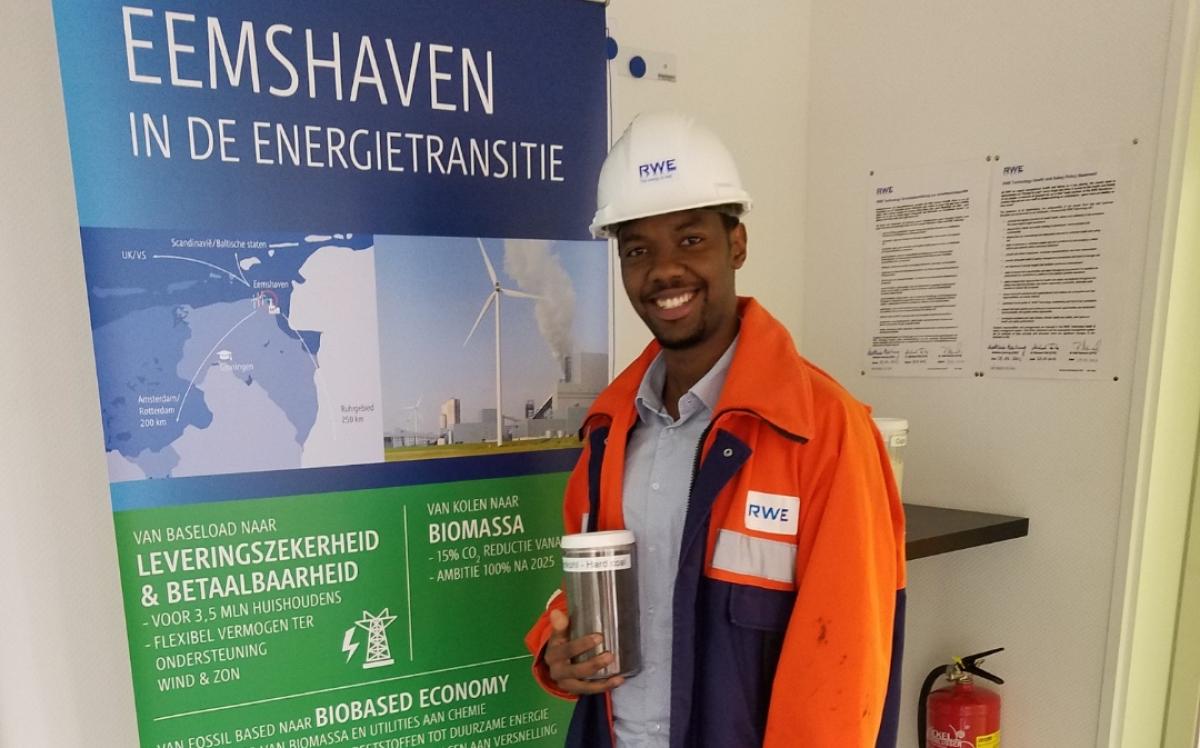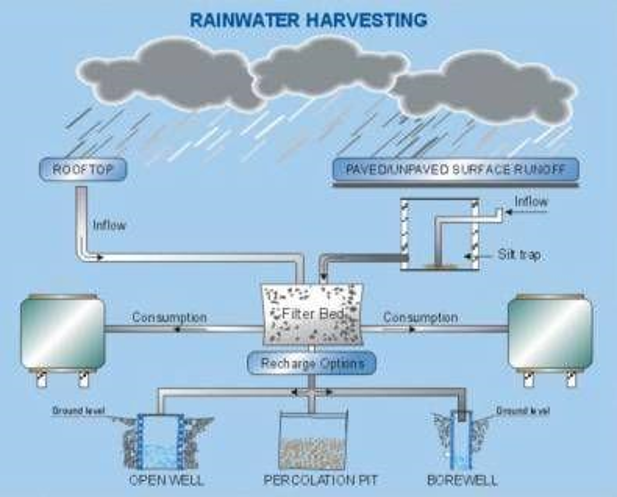Harvesting rainwater – a sustainable solution to the water challenges we face
This article was written by a participant of the Global Center on Adaptation’s Young Leaders Program. The program develops young talent to become future leaders in global climate change adaptation efforts by enhancing their knowledge, skills, and ability to thrive in an international environment.
C
limate change and global warming are affecting natural weather cycles. In turn, changing weather and hydrologic cycles are affecting water security, access and quality. The effects can be seen in the amount of rainfall, surface water and underground water – as well as the distribution, timing and quality of the world’s water.
Many parts of the globe are experiencing localised floods, droughts, aridity and seawater intrusion at different times of the year. To compound this, human developmental needs have placed an enormous strain on the quality and quantity of both underground and surface water. This doesn’t just jeopardise economic production and agriculture. Water is integral to all human enterprise; thus, security and stability are threatened on local and global levels.

Elifadhili Vincent Shaidi
Rainwater Harvesting (RWH) is one option available in addressing the challenge. This involves the collection, filtering, storage and re-use of rainwater, or recharging of underground water. This can be achieved at the household level, as well as regional and city-scale levels. In either case, it involves collecting water from roofs or from storm drains.
Multiple technologies are available depending on scale, price, performance and water quality demanded. In most cases, the collected water is non-potable (not for drinking), because treating it to upgrade it to a drinkable standard increases the cost. RWH can be integrated with other infrastructure, such as drainage and flood control systems, which enables using for different such as rejuvenation of ground water, storm water management and flood management.
RWH is happening in many parts of the world; from Rotterdam in the Netherlands to Semarang in Indonesia, and Tamil Nadu in India.
At an individual level, RWH can reap economic benefits such as lower expenditure on water – alongside enhanced security during times of water scarcity, plus increased individual sustainability and resilience. On a larger scale – community, city, and national – the benefits are:
• stormwater retention (increased resilience to floods)
• reduction of pressure on main water supply system (both demand and supply side)
• rejuvenation of underground water (aiding water security)
• prevention of seawater intrusion.

The usefulness of RWH depends on each specific situation and considerations such as size, the quantity used and price.
The challenges of RWH, meanwhile, are:
• social – aesthetics, and distribution of cost/benefits in communal living situations, such as apartment buildings
• technical – space availability and unpredictability of rainfall
• financial issues – performance and installation cost
• water quality management.
Multiple projects have been undertaken for different purposes and in scale, for example:
• the headquarters of Waternet in Amsterdam is a large office building with a rainwater harvesting system installed
• Kajiado, Kenya, aims to alleviate water scarcity by being a ‘sponge city’
• stormwater drainage wells in Orlando, Florida, illustrate another approach to using excess stormwater runoff for artificial recharge. This helps solve a wastewater disposal problem as well as a water supply problem.
• in Long Island, New York, stormwater runoff is recharged into infiltration basins to replenish the groundwater for use by residents. This also helps retard seawater intrusion into the aquifers that provide the primary source of drinking water for the area.
The ideas presented in this article aim to inspire adaptation action – they are the views of the author and do not necessarily reflect those of the Global Center on Adaptation.